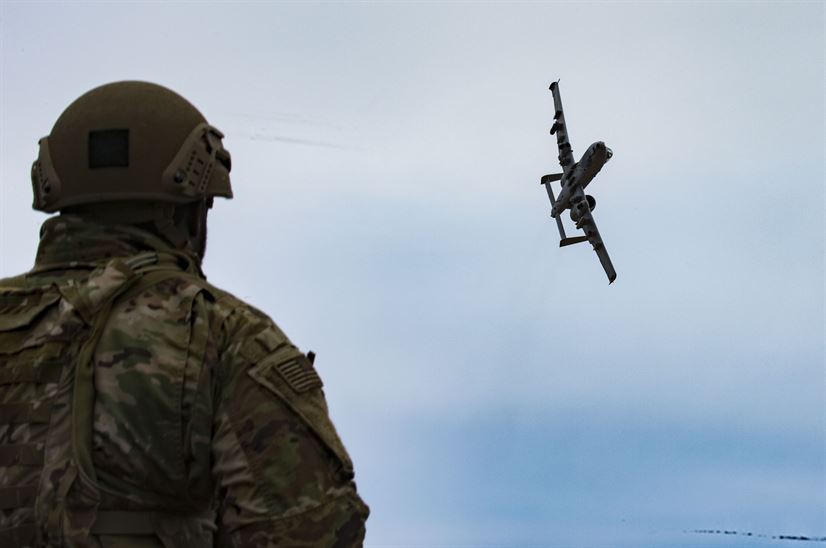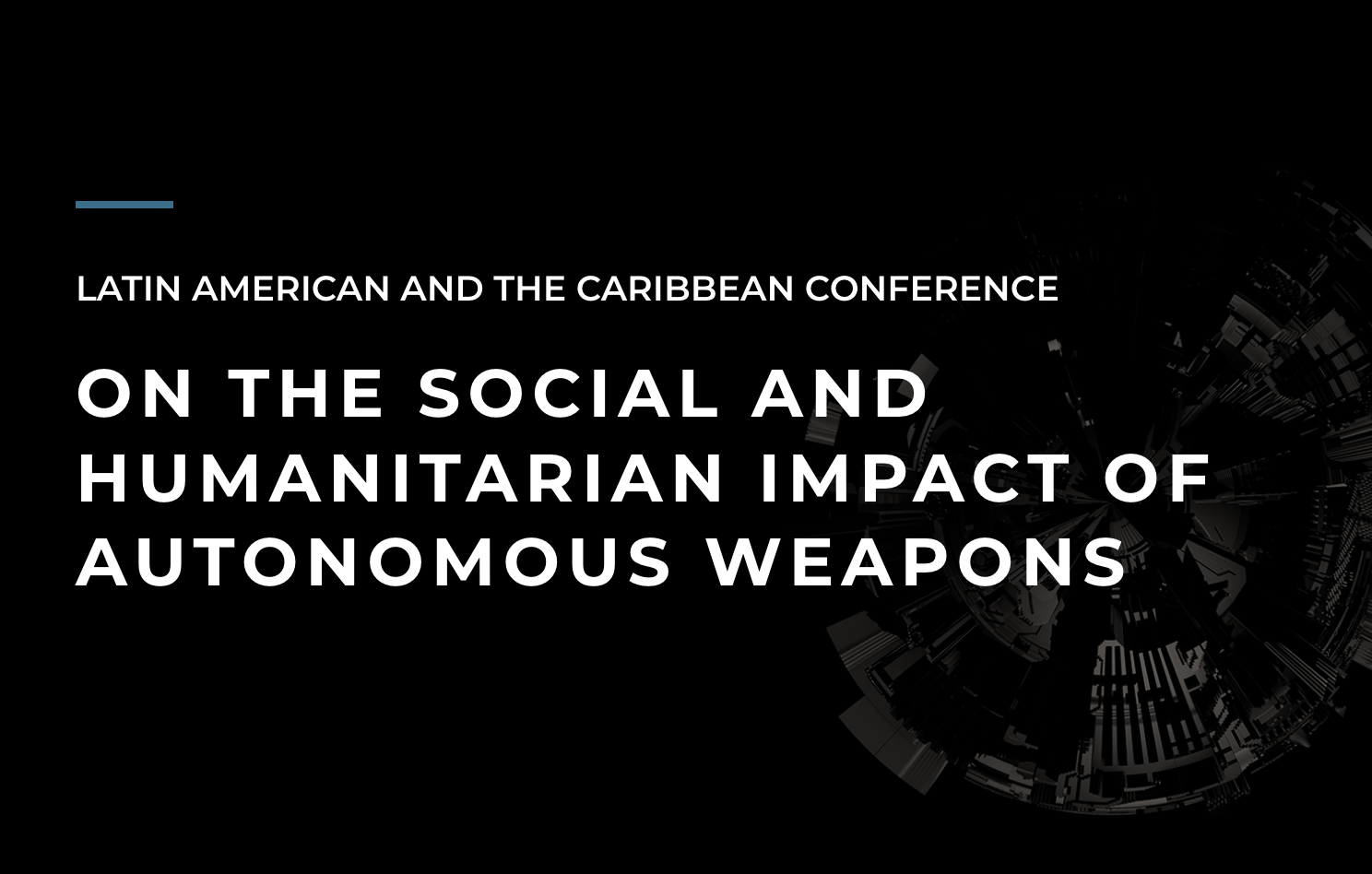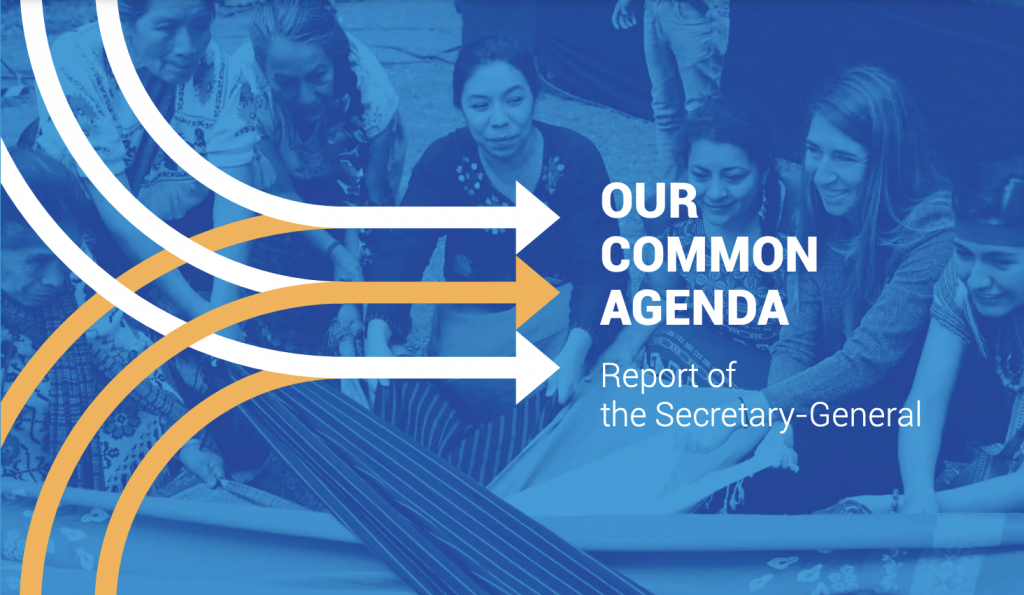Solutions
What solutions are available?
State support for a treaty on Autonomous Weapons
In 2024 we saw a surge in support for an international treaty on autonomous weapons.

The majority of UN states are in support of a legally binding treaty on autonomous weapons. A number of states are still undeclared on the issue. A few states, most notably the US, Russia, India, and Israel, are in opposition.
States continue to update their positions in line with the advancement of this military technology.
For an up-to-date overview of all state positions on the topic of Autonomous Weapons see the ‘State Positions’ directory from Automated Decision Research.
The International Committee of the Red Cross (ICRC) Position
We do not need to be resigned to an inevitable future with Slaughterbots. The global community has successfully prohibited classes of weaponry in the past, from biological weapons to landmines.
As with those efforts, the International Committee on the Red Cross (ICRC) recommends that states adopt new legally binding rules to regulate autonomous weapons.
Importantly, the ICRC does not recommend a prohibition of all military applications of AI – only of specific types of autonomous weapons. There are many applications of military AI already in use that do not raise such concerns, such as automated missile defense systems.

The ICRC Position
The ICRC recommends three core pillars for a treaty:

1: No human targets
Prohibition on autonomous weapons that are designed or used to target humans.

2: Restrict unpredictability
Prohibition on autonomous weapons with a high degree of unpredictable behaviour.

3: Human control
Regulations on other types of autonomous weapons combined with a requirement for human control.
Their full position can be found here:
Global debate
What is the current debate around autonomous weapons?
Over 100 countries in support of a legally-binding instrument
Over 100 countries support a legally-binding instrument on autonomous weapons systems, including all of Latin America, 31 African countries, 16 Caribbean, 15 Asian, 13 European, 8 Middle Eastern and 2 in Oceania.
As more and more states join the call for a treaty on autonomous weapons, the countries blocking these efforts find themselves in a shrinking minority.
After nearly 10 years of discussions at the United Nations Convention on Certain Conventional Weapons (CCW) in Geneva, a large number of states have come to support the 'two-tier' approach of prohibition and regulation of autonomous weapons systems. This approach would prohibit systems that are designed or used in a manner whereby their effects cannot be sufficiently predicted, understood and explained, and regulate other systems that ensure sufficient human control. Sufficient human control might look like control over the types of targets, and duration, geographical scope and scale of use.
Since February 2023, countries have begun to host their own regional conferences outside of the CCW to discuss autonomous weapons . This is a crucial step towards a treaty, as countries can participate in discussions unburdened by the CCW's consensus principle that has so long paralysed the forum. As more regions host conferences, more countries can come on board who are not members of the CCW and have therefore been unable to participate in the UN discussions on autonomous weapons systems.
UN CCW - ‘Road to Nowhere’
The United Nations' Convention on Certain Conventional Weapons (CCW) in Geneva has been discussing autonomous weapons since 2013. That year they set up informal ‘Meetings of Experts’ to address what was then an emerging issue. In 2016, this was formalised into a Group of Governmental Experts (GGE) to develop a new ‘normative and operational framework’ for states’ consideration. Three years later, the CCW adopted the GGE’s suggested eleven guiding principles.
In 2021 the world saw the first uses of autonomous weapons in combat. If it had not been already, the need for a legally binding protocol was now self-evident. So, when the landmark CCW Review Conference of December 2021 could not even agree to start negotiating a protocol, the Convention was widely seen as ‘having failed’.
The GGE has since stalled without further progress. In July, the majority delegations got behind a promising draft - which was then stripped of all that promise by a persistent, blocking minority. By now, as Ray Acheson, Director of Disarmament at the Women's International League for Peace and Freedom (WILPF) put it, the CCW has proven itself to be a ‘road to nowhere’.
Almost ten years since these discussions began, autonomous weapons are spreading fast, yet they remain unregulated. The world can no longer afford to wait for this Convention to get something done. States must find another forum through which to reach a legally-binding instrument.
Our Common Agenda - The Future of the United Nations
The U.N. Secretary General presented a 25-year vision for the future of global cooperation, and reinvigorated inclusive, networked, and effective multilateralism, at the 2021 General Assembly. This report identifies "establishing internationally agreed limits on lethal autonomous weapons systems" as key to humanity's successful future.
Just launched




